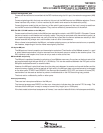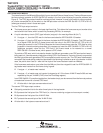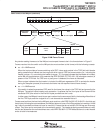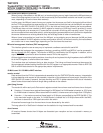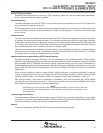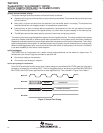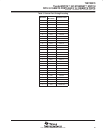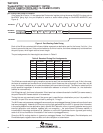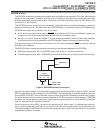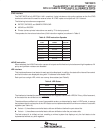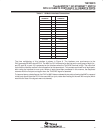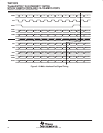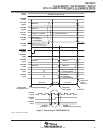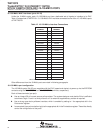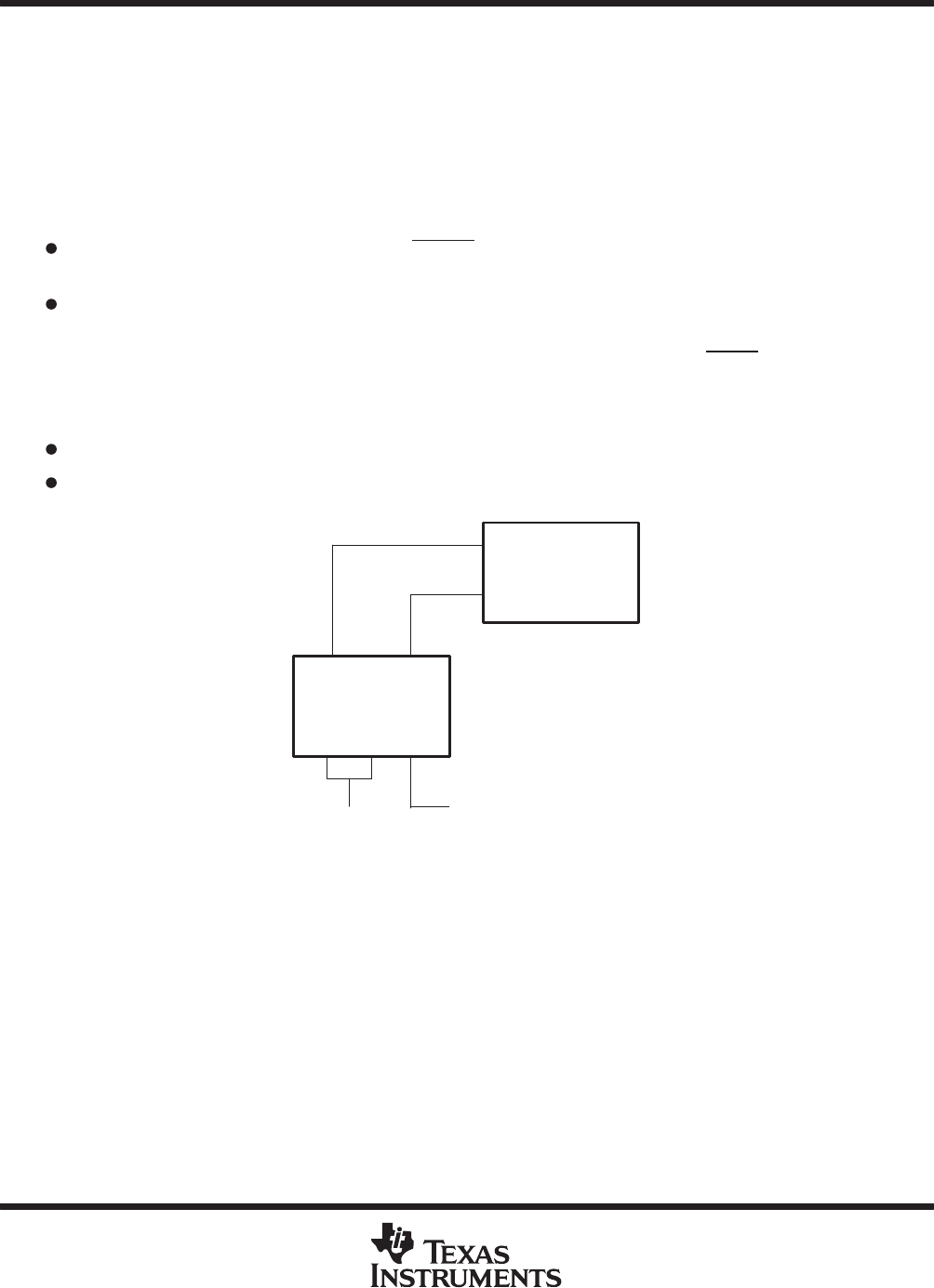
TNETX3270
ThunderSWITCH 24/3 ETHERNET SWITCH
WITH 24 10-MBIT/S PORTS AND 3 10-/100-MBIT/S PORTS
SPWS043B – NOVEMBER 1997 – REVISED APRIL 1999
27
POST OFFICE BOX 655303 • DALLAS, TEXAS 75265
EEPROM interface
The EEPROM interface is provided so the system-level manufacturer can produce a CPU-less, preconfigured
system to their customers. Customers also may want to change or reconfigure their system and retain their
preferences between system power downs. The device cannot be used without either an EEPROM or CPU
connected to it (see Figure 5).
The EEPROM contains configuration and initialization information that are accessed infrequently, typically at
power up and after a reset. The organization of the EEPROM data is in accordance with the DIO address map.
EEPROM downloads can be initiated in one of two ways:
At the end of hard reset (rising edge on RESET, or completion of a DIO write to DIOaddrhi register that
changes the value of the three most significant bits from 010 to another value).
Writing a 1 to load in Syscontrol register. This bit is cleared automatically when the download completes.
It cannot be set during the download by the EEPROM data, thereby preventing a download loop.
During the download, no DIO writes are permitted. If a DIO write is attempted, SRDY
is held high until the
download has completed.
The EEPROM size is detected automatically according to the address assigned to the EEPROM:
2048 bits organized as a 256 × 8 EEPROM should have its A0, A1, and A2 pins tied low.
8192 bits organized as a 1024 × 8 EEPROM should have its A0 and A1 pins tied low and A2 pin tied high.
TNETX3270
EDIO
ECLK
24C0x
Flash EEPROM
SCL SDA
A0 A1 A2
GND
24C02 = GND
24C08 = V
DD
Figure 5. EEPROM Interface Connections
After the initial start condition, a slave address containing a device address of 000 is output on EDIO, and then
EDIO is observed for an acknowledge from the EEPROM. If an acknowledge is received, operation continues
for the 24C02 EEPROM. If none is received, a stop condition is generated, followed by another start condition
and slave address, this time containing a device address of 100. If this receives no acknowledge, no EEPROM
is present, and device operation continues, using the current register settings (i.e., those following a hardware
reset, or those previously entered by software).
When this device is driving EDIO, it drives out only a strong logic 0. When a logic 1 is intended to be driven out,
the pin must be resistively pulled high. An on-chip 50-µA current-source pullup device is provided on this pin.
The system designer must decide if this is sufficient to achieve a logic 1 level in a timely manner or if an external
supplementary resistor is required.



